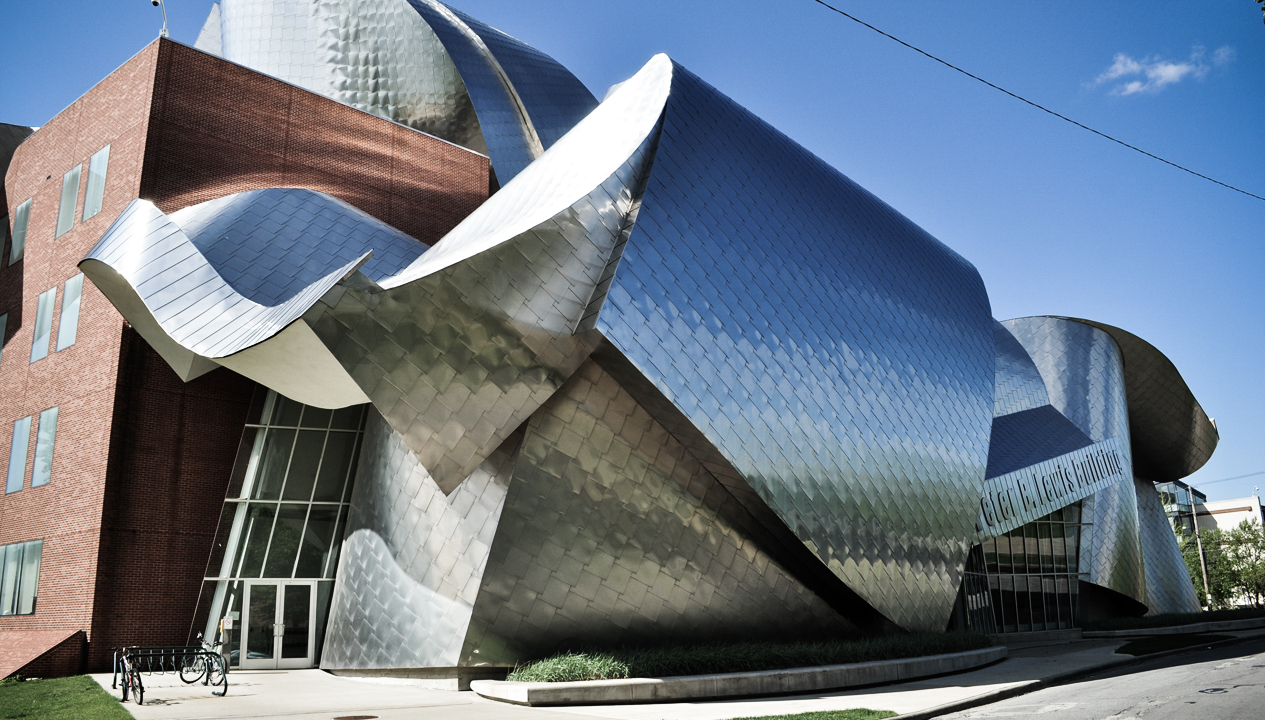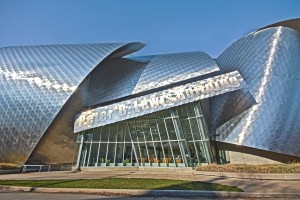As an educator and researcher deeply immersed in questions that probe how we might better articulate and translate what I like to refer to as “the return on design” (ROD) in the public sector, I have been deeply immersed in a remarkable journey for the past three years of my PhD research at the Weatherhead School of Management, Case Western Reserve University. There, I have the privilege to study in the inspirational built environment of Frank Gehry’s Peter B. Lewis building, and under the mentorship of a cadre of management and design scholars who have long championed the power of design practices to create alternative futures. Recently in fact, Weatherhead’s commitment for design as a discipline for unique inquiry has taken on a new sense of relevance with the launch of the Design and Innovation Department—a trans-disciplinary entity that brings together design faculty (with Dr. Richard Buchanan as chairman), together with experts in marketing and policy studies, as well as information systems, to think anew about the value design brings to our society’s capacity to act and innovate.
 For all of the joys of my research journey to date, I have to confess that nothing has been more profoundly transformational, and often times as arduous and humbling than to have to conquer a new language of sorts: that of quantitative research and survey design. As part of my doctoral course of study in management, the art of multivariate data analysis (statistical techniques that allow us to simultaneously compute multiple measurements under investigation with powerful software programs) simply had to be mastered and become an essential tool of my expanded learning kit.
For all of the joys of my research journey to date, I have to confess that nothing has been more profoundly transformational, and often times as arduous and humbling than to have to conquer a new language of sorts: that of quantitative research and survey design. As part of my doctoral course of study in management, the art of multivariate data analysis (statistical techniques that allow us to simultaneously compute multiple measurements under investigation with powerful software programs) simply had to be mastered and become an essential tool of my expanded learning kit.
“We are drowning in information and starved for knowledge,” –this well-known dictum of the business expert Tom Peters in Thriving on Chaos, continues to be a truism in the world of our management and design practices today. And it especially can feel that way in the emergent field of design for social innovation—a domain many agree has a wicked complexity characterized by the fluidity of the issues that we wrestle with, and the cross-sectorial nature of the projects that we undertake.
And so, did all my doctoral coursework mastering stats, coupled with the patient mentorship of my advisors provide me with new answers? Well, perhaps with your help, I am about to find out. I just launched a survey instrument that builds on important work in the design management literature about the concept of “design attitude” (see the foundational research of Boland and Collopy (2006) at Weatherhead, and Michlewski, (2008 and 2014) at Oxford), and in turn connects this concept with key activities and dynamics that characterize design in the social innovation context. My central hypothesis is that by gaining a better understanding of the factors that are at play in these emergent situations, we may indeed be better positioned to harness design’s contributions to the field of social innovation overall, and articulate ROD with new confidence.
Whether the data from my survey, and the results of my multivariate analysis ahead of me prove me right, remains to be seen. But in the meantime, embracing the quantitative paradigm has already taught me two things: 1/ a new found concern for precise expression and efficient communication, and 2/ that the power of my designerly ways of seeing the world remains, as valid as before, if not more: no statistical study after all can go forward without the support of a strong conceptual foundation.
Our methods of inquiry are not dichotomous, but reside somewhere in a continuum. I happen to still search for meaning on the qualitative side of that spectrum!
Note: If you wish to contribute to the sample of this study, please consider taking the survey here.
Mariana Amatullo is a Non-Profit doctoral Fellow at the Weatherhead School of Management, Case Western Reserve University where her research focuses on design and organizational practice, with a focus on social innovation. She is the Co-Founder and Vice President of Designmatters at Art Center College of Design. You can contact Mariana at mariana.amatullo@artcenter.edu.

